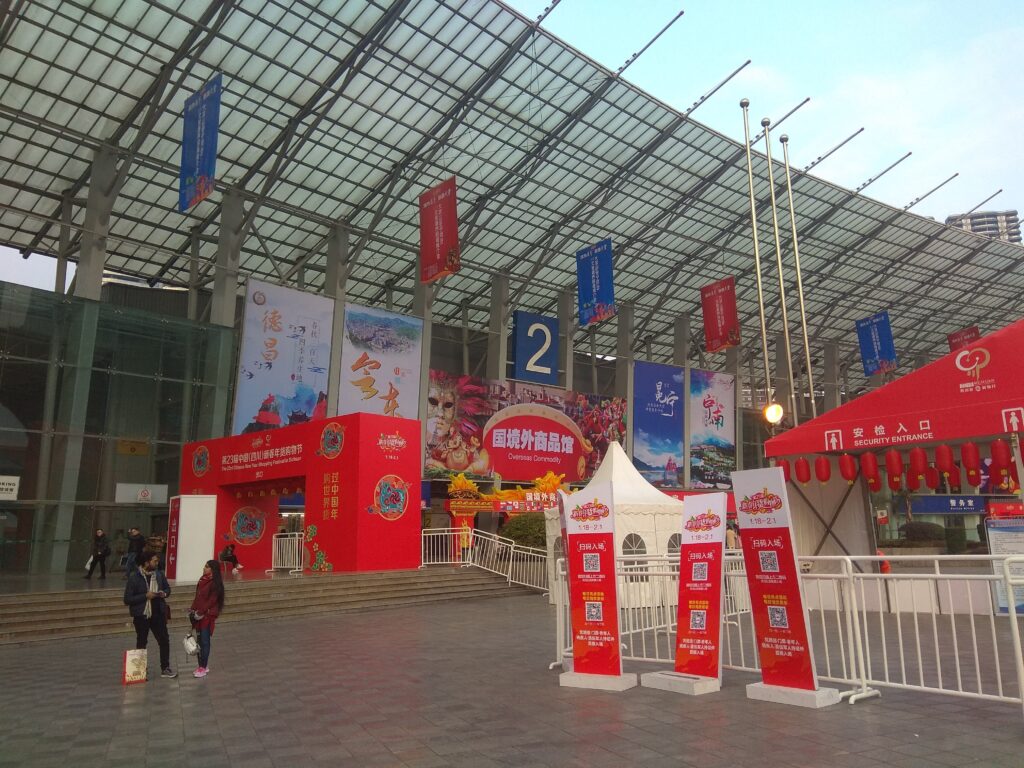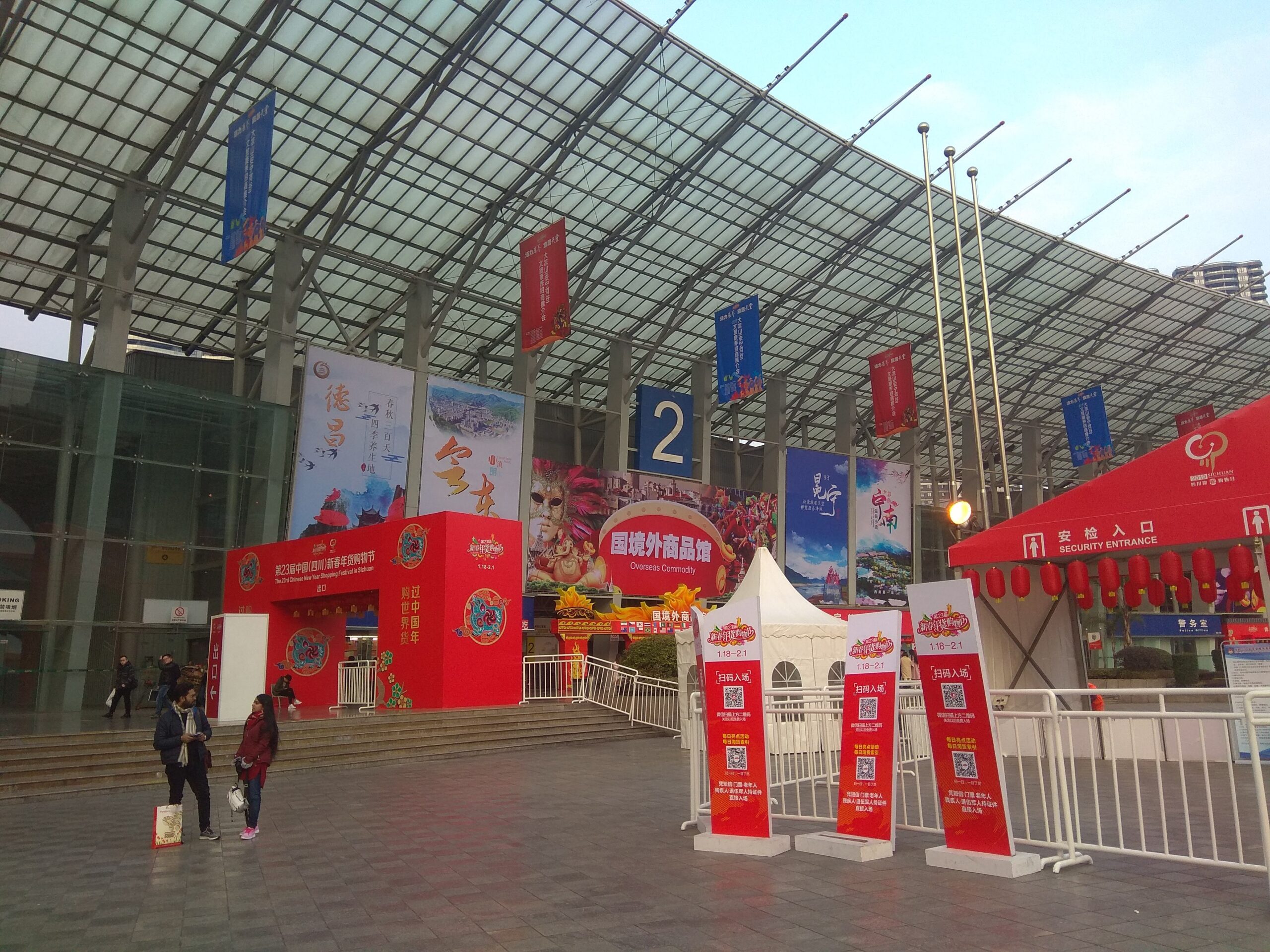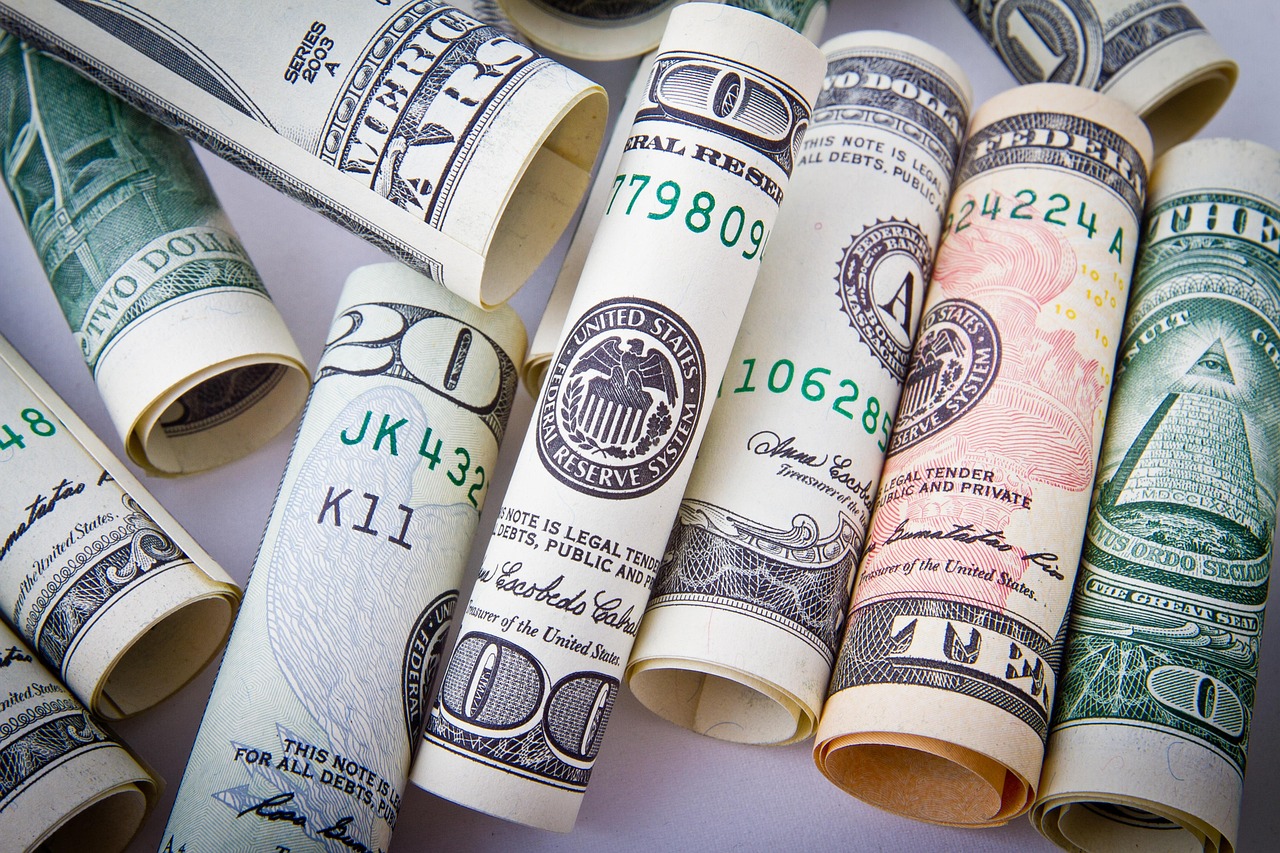
Planning to visit a international fair in China? Read my candid 1-week diary from Chinese New Year 2025—culture shocks, construction marvels, export insights & travel tips.
Why I atttended the Chinese international fair in the First Place
As an Indian exporter who was exporting black tea, China had always been on my radar. Especially because I had been reading news about the increasing share of indian black tea exports to china. And also because Its share of global merchandise exports keeps climbing—volumes jumped 13 % in 2024 alone, even while many economies slowed—so an international fair in Chengdu felt like a “must-attend” opportunity. I attended the fair through FIEO .
2. Arrival During the World’s Largest Human Migration
Landing at Guangzhou Baiyun International felt like dropping into an anthill. Lines at immigration were long but efficient; the real challenge began outside: taxis and ride-hailing apps were swamped by home-bound holidaymakers. Even the metro, normally clock-work precise, was shoulder-to-shoulder. Local friends warned me that many suppliers close for at least eight days, and they were right. Only one-third of the booths I hoped to visit were staffed, and many sales teams were juniors covering for senior managers still in their hometowns.
SEO key phrase: “Chinese New Year travel tips for business travelers.”
3. A international Fair Lesson in Expectations vs. Reality
I’d pictured bustling halls like Dubai’s Gulfood Expo. Instead, large sections were roped off, festive lanterns hung over empty aisles, and I was handed more red envelopes of tea than product catalogues. Deals? Zero. Relationship-building? Priceless. One electronics supplier scheduled our real pricing meeting for mid-February—after the dragon dances, naturally.
Take-away for exporters: research regional holiday calendars, not just fair dates. Even “international” expos bow to local culture.
4. Everyday Culture Shocks: Meals, Language & “Super-App” Payments
• Meals: I eat almost anything, but navigating hidden pork in what looked like vegetarian dishes tested me. Halal or Indian restaurants exist, yet they’re often a 20-minute ride away. Pro-tip: download HappyCow or Dianping and learn the Mandarin phrase “wo bu chi zhu rou” (I don’t eat pork).
• Language: In Dubai, English and Hindi bridge most gaps. In Guangzhou, even hotel concierges relied on translation apps. Carry screenshots of your hotel address in Chinese characters—airport Wi-Fi sometimes blocks Google Translate.
• Payments: Cash is passé. I activated Alipay’s “Tour Pass” and loaded ¥3,000. Without it, even vending machines refuse you. Your Indian RuPay or international Visa card works in some ATMs, but not retail QR scanners.
5. China’s Construction & Infrastructure Marvels Up Close
Whenever business meetings fell through, I played infrastructure tourist—and was blown away.
- High-speed rail dominance – A 350 km/h Fuxing train whisked me to Shenzhen in 29 minutes. China





